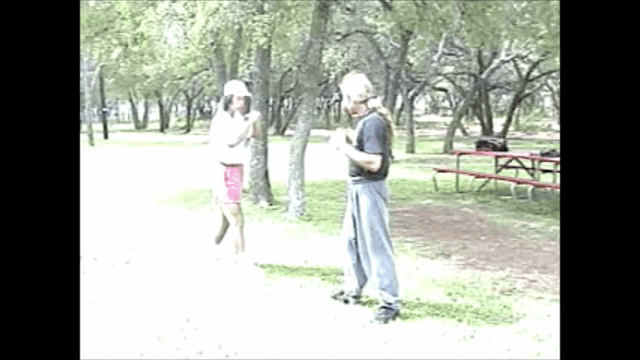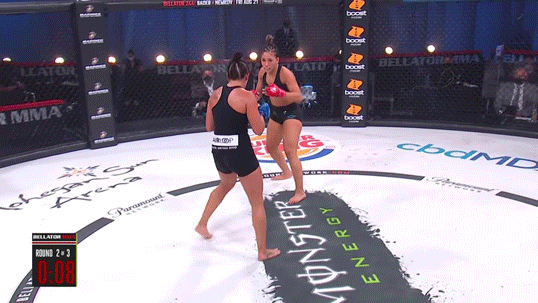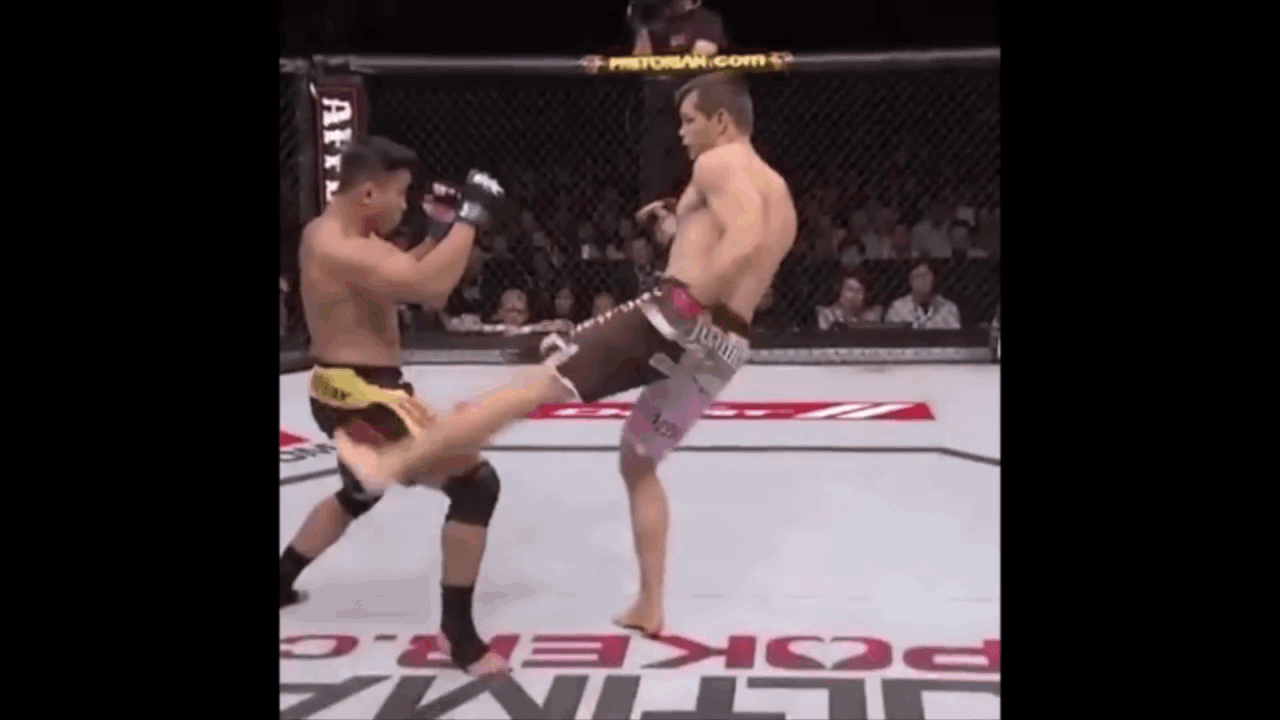So, you're give up on discussing your post #65, #75 and my #82? I was interested in your thoughts.
- In your clip, A moves into B before a clinch has been established. If B can move back faster than A, B will lead A into the emptiness - A may kiss the ground.
- In my clip, A has controlled on B's leading arm (clinch has been established). If B moves back, B will pull A with him - both A and B are connected as 1 unit.
Many years ago, I may believe that I can use punch to set up a takedown. One day my friend said, "If I can move back faster than your advance, none of your takedown will work on me." His comment made me to think. I then believed that I should use punch to set up a clinch first. I can then use my clinch to set up my takedown.
I use the same argument on "Taiji push". If I can establish a clinch (such as control my opponent's leading arm), my opponent cannot push me away - because his body and my body are connected.
To use a punch to set up a
- takedown is faster. But if your opponent can move back faster than you, the connection may be broken.
- clinch, and then use a clinch to set up a takedown is slower. But since the bodies are connected, it's easier to change from 1 takedown into another takedown.




